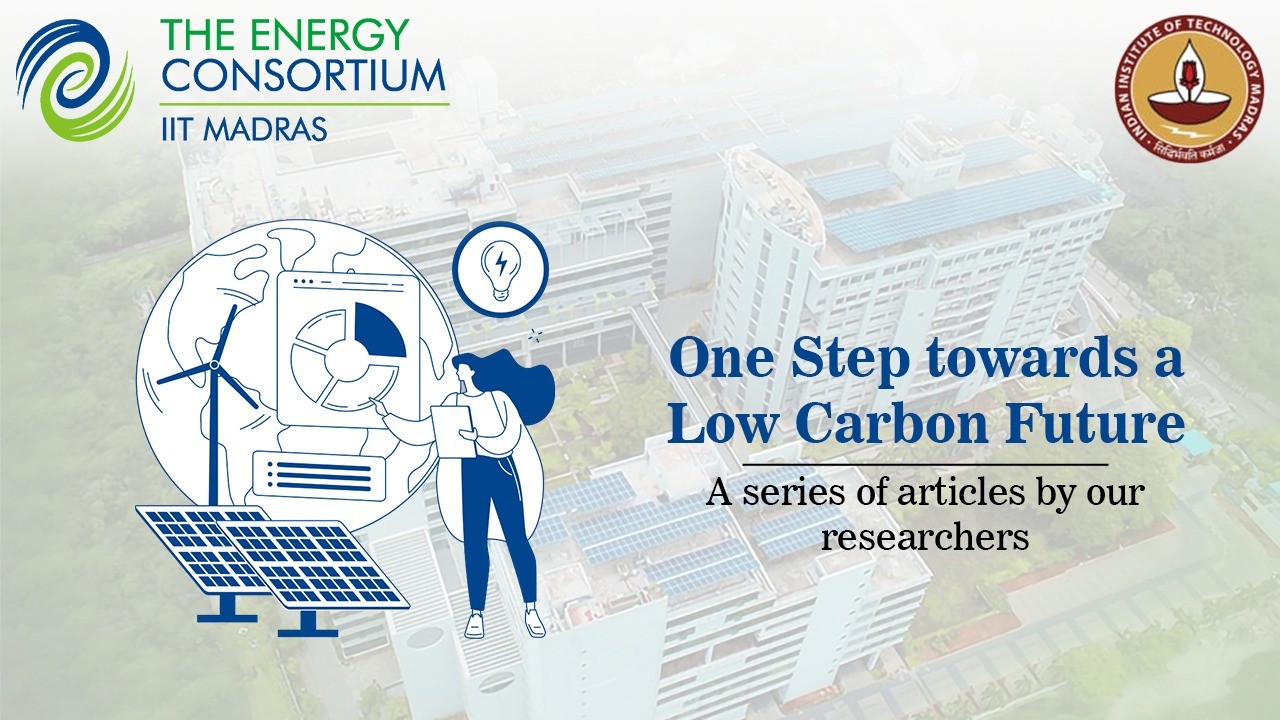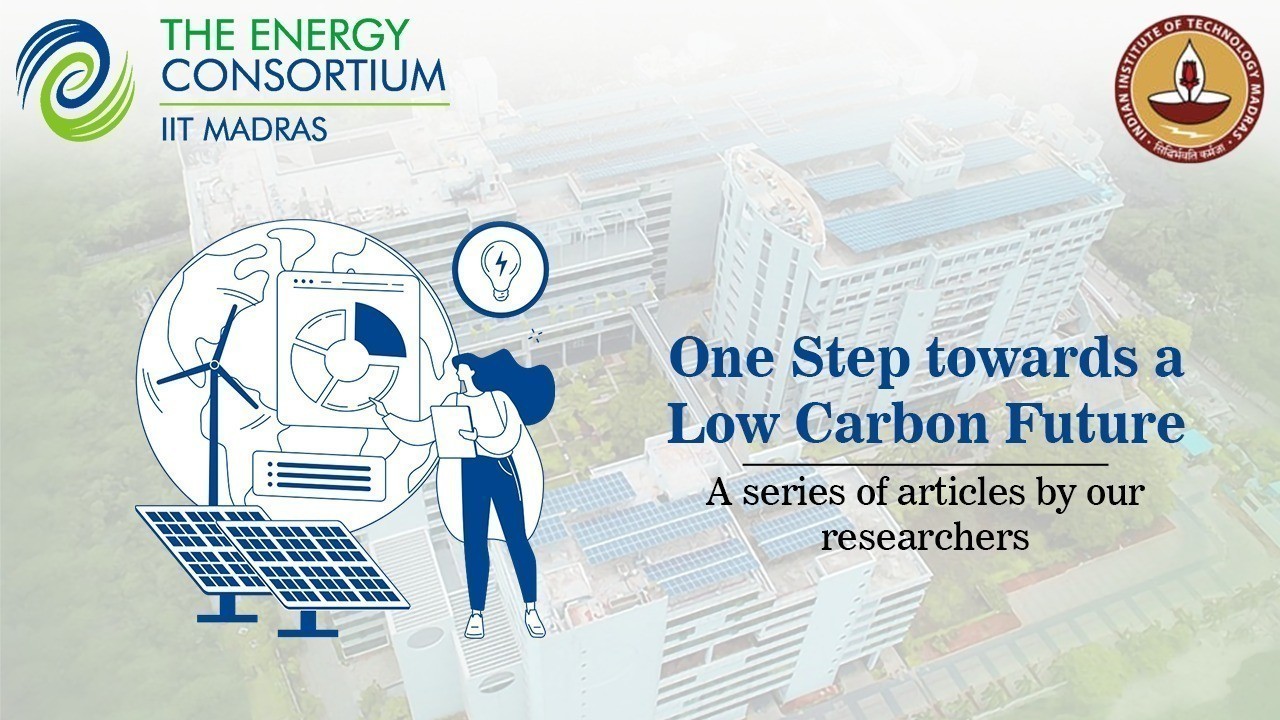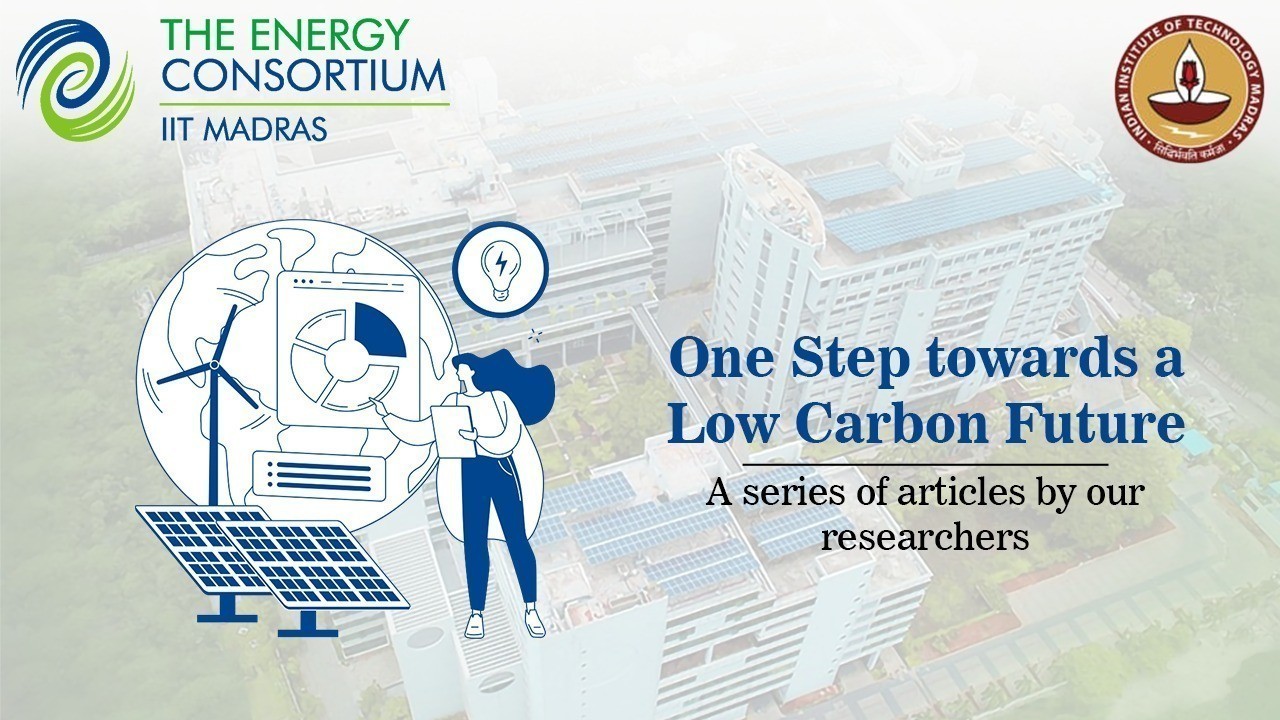Coal mine methane (CMM) also known as coal bed methane (CBM) is an unconventional natural gas resource and a significant source of clean energy, which is produced and emitted continuously from coal mine activities either from the coal seam itself or from other gassy formations available underground, mainly consisting of methane (CH4) and air [1], [2]. The exploitation of CMM is done mostly during the extraction of coal through underground mining. The release of CMM gas into the atmosphere is a wastage of natural gas resources, while it also contributes to global warming, as the greenhouse index of CH4 is 21 times higher than CO2. The separation of methane from CMM gas is thus desirable from an economic as well as an environmental point of view. A mature process such as methane capture and utilization from CMM gas would serve as an additional source of energy and provides a safer coal mine operation. The separation of methane before releasing it into the atmosphere would mitigate the global warming problem by reducing greenhouse gas emissions to the atmosphere.
The
operating
cost
of
conventional
gas
separation
methods
is
not
in
tune
with
the
market
requirements
of
being
economical
and
safe
processes.
Thus,
low
cost,
safe,
efficient,
and
sustainable
separation
method
for
methane
from
its
associated
gases
in
CMM
is
still
desirable.
The
hydrate-based
gas
separation
process
is
a
promising
solution
for
CMM
gas
separation
as
it
requires
benign
chemicals
in
low
concentration,
leading
to
low
inventory
and
recycle
cost,
whereas
the
conventional
separation
 methods
require
chemicals
which
may
not
be
necessarily
benign.
Further,
if
the
process
is
optimized
properly,
it
may
produce
enriched
methane
as
the
main
product
and
contaminant
free
water
as
a
by-product
from
the
same
stream
and
requires
much
lesser
energy
during
regeneration
of
the
working
liquid
methods
require
chemicals
which
may
not
be
necessarily
benign.
Further,
if
the
process
is
optimized
properly,
it
may
produce
enriched
methane
as
the
main
product
and
contaminant
free
water
as
a
by-product
from
the
same
stream
and
requires
much
lesser
energy
during
regeneration
of
the
working
liquid
In their work, authors have considered CMM as a mixture of methane and nitrogen (CH4-N2, 30:70 mol%), and this gas mixture has been separated by the hydrate-based gas separation (HBGS) process. Formation of sI hydrate with 70% N2 in the mixture requires significantly higher pressure and thus not suitable for scale-up. Therefore, in this work with a suitable thermodynamic promoter, sII and sH hydrates were formed to study the methane separation from CMM gas mixture at moderate temperature and pressure conditions. sII hydrate formation was carried out using polar THF (Tetrahydrofuran) and non-polar cyclopentane (CP) at different molar concentrations and at 274.2 K temperature. sH hydrate formation was facilitated using polar tert-butyl-methyl-ether (TBME) and non-polar neo-hexane (NH) at different molar concentrations and at 274.2 K temperature. Further, water-soluble hydrate promoter sodium dodecyl sulfate (SDS) was used at 500 ppm to enhance the rate of hydrate formation and thus to achieve better separation efficiency in a given time. For the CMM gas mixture, sII hydrate formation showed better methane recovery compared to sH hydrate formation, whereas sH hydrate formation showed a better separation factor compared to sII hydrate formation. Hydrate dissociation was also carried out to recover the hydrated gas via depressurization and thermal stimulation to compare the effect of polar and non-polar hydrate formers.
The authors have explored the gas hydrate-based method and based upon the experimental findings, an economical process may be developed for the separation of the gases from the mixture of nitrogen and methane. The work also provides insights about the economically feasible way for the storage of the methane under controlled conditions, requiring near to water freezing temperatures.




0 Comments
Post a comment
Your email address will not be published.